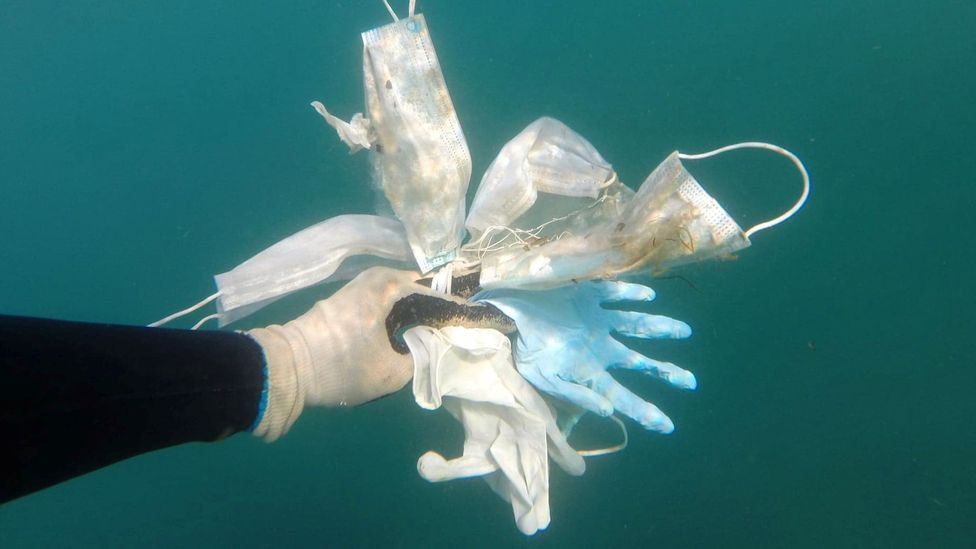Are you concerned about the dangerous and unsustainable mountain of medical waste being generated by the healthcare industry? Learn about the innovative solutions that are being developed to enable sustainable medical waste management now and in the future!
The Current State
The management of medical waste is a complex and growing problem for healthcare organizations around the world. According to the World Health Organization, over 100 million tons of medical waste are produced each year, and it is estimated that 15–20 percent of this is hazardous and potentially infectious in nature. This presents a challenge for facilities to safely handle, store, transport, and dispose of garbage.
In many nations, there is no specific regulation or national guidance on the handling and disposal of medical waste; instead, it depends largely on local regulations or individual facility practices. As a result, there are wide variations in terms of approaches taken by different countries when managing their medical waste. In some cases, inappropriate handling and disposal practices have led to environmental contamination due to leaching toxic materials into rivers or soil. This can be difficult to remediate and has serious health implications for nearby populations.
Innovations in Medical Waste Management

Modernization and technological advancements have created many opportunities for Medical Waste Management in medical practices and facilities to minimize the environmental impact of medical waste disposal. By implementing higher-efficiency methods of disposal and collection, organizations can reduce their daily medical garbage output and make a positive impact on their local environment .
The use of high-efficiency incineration equipment is one way to reduce medical waste. Incineration is a safe, controlled way to dispose of hazardous material that is not suitable for regular trash pickups or recycling. It uses high temperatures to destroy organic material, leaving behind small amounts of ash that can be safely treated as regular solid waste. In addition, new regulations are making it easier for hospitals and other healthcare facilities to collect used sharps containers in an environmentally-friendly manner before transferring the contents safely to an incinerator or transfer station facility.
Medical facilities have also started embracing renewable energy sources such as solar energy to power much of their operations in order to cut down on their carbon emissions. Solar panels installed on the rooftops of medical facilities convert light from the sun into electricity efficiently and sustainably, creating a cleaner atmosphere by minimizing or eliminating the need for conventional electricity sources derived from fossil fuels like coal or natural gas—both known contributors to global climate change.
Finally, advances in technology have enabled recycling techniques that create less waste than more traditional methods in many industries. For example, new sterilization processes like clean steam autoclaving use much less water than old steam autoclaving systems while providing an even more effective means of disinfection due to their precise controls over pressure and temperature levels during operation.
These innovative systems help decrease not only water usage but also materials required by traditional sterilization processes such as packaging supplies needed for transport and storage.
Challenges in Achieving Sustainability

Medical waste requires a specialized disposal process due to the fact that it often contains hazardous materials, including infectious agents and other materials that can hurt humans if not handled appropriately. Ensuring the proper, safe disposal of medical waste is a difficult and costly process, making it hard to achieve sustainability in medical waste management. This is further complicated by increasing regulations, limited infrastructure capacity, and budget constraints.
Additionally, healthcare facilities are under growing pressure from environmental organizations and society, in general, to become more sustainable through improved practices and increased recycling among other measures.
But being able to meet these requirements also depends on having access to appropriate resources. In many parts of the world, there are limited options for treating or disposing of different types of medical garbage safely; meaning that many healthcare institutions lack the infrastructure needed for more sustainable trash management.
It is essential for healthcare facilities to develop a comprehensive plan for the safe and responsible disposal of medical waste in order to limit environmental impacts and help ensure people’s safety.
Potential Solutions to Achieving Sustainability

In recent years, strategies to reduce the environmental impacts of medical waste have moved from landfills and incineration to more sustainable alternatives. Different technologies are available to manage medical waste, such as autoclaving, disinfecting, chemical treatments, and other methods.
Medical waste can also be managed through reuse and recycling initiatives. Reuse involves donated unused medical equipment or supplies (e.g. bandages) that is accepted by a social enterprise or charitable organization designated for healthcare-related reuse programs. Recycling involves processing materials such as plastic and rubber into new forms (e.g. rubber mats) that can be used in commercial applications or recycled back into the manufacture of new products (e.g., bandages).
To achieve sustainability in medical waste management, automation technologies such as robotics, data analytics, and artificial intelligence (AI) can be utilized alongside clinical decision-making algorithms and processes like clinical pathways. By identifying patterns in diagnostics and treatments provided for certain patients or population groups that require better management and improved care outcomes, waste can be reduced.
Automated technologies can manage reusable items such as single-use disposable devices, medication disposal systems, automatic tracking systems, biohazard containers, health information technology systems, remote patient monitoring devices, etc. They can also provide training for staff about best practices for resource management of unused/unusable items through tracking, collection, storage, transport, disposal/incineration, or other sustainable processing methods/applications depending on respective state regulations.
Finally, public engagement should be considered in order to inspire healthier behaviors related to medical waste management via education campaigns run by hospitals aiming at raising awareness among healthcare professionals as well as with patients who play an important role in generating a large number of medical wastes annually worldwide due to their changing health needs overtime periods.
Conclusion
In conclusion, medical waste management has witnessed numerous innovations over the years toward achieving sustainability goals. Sustainable waste management is increasingly becoming important to support improved healthcare outcomes and meet the changing needs of healthcare workers in the industry.
